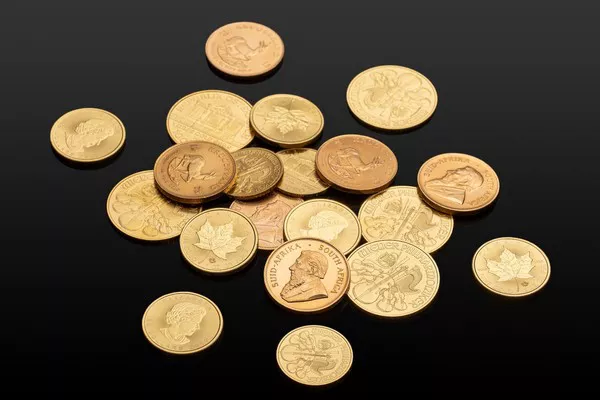Archaeologists excavating a Roman site in Alderney have made a remarkable discovery: an ancient gold coin dating back to the late 4th century, during the reign of Emperor Valens.
Experts believe this find is significant in understanding the timeline of Roman occupation in the area. The excavation, conducted by Dig Alderney at the western end of Longis Common, also uncovered numerous artifacts from the Roman era, including pottery and human and animal bones.
Phil de Jersey, a states archaeologist, emphasized the importance of the coin in establishing the historical context of the site. “The coin is a relic from the time of Valens, who was emperor towards the end of the 4th century AD,” de Jersey explained. “It’s all adding to the picture of the intensive Roman settlement that was here.”
The site under investigation also includes remnants from the Iron Age. De Jersey, an Iron Age specialist, expressed hope that the dig would eventually uncover more about the earlier settlers. “We have found evidence of what appears to be an Iron Age burial nearby,” he noted.
The history of the site extends back to discoveries made in the 1960s when an Iron Age site was found during the construction of a golf course. A substantial collection of pottery from that era, now displayed in Alderney Museum, was among the finds.
Dr. Jason Monaghan, former director of Guernsey Museums, highlighted the broader goals of the current excavation. The team aims to explore beyond the original trenches to determine the size and function of the Roman building on site. Additionally, they hope to uncover more artifacts from the Frankish period, a less understood chapter in Channel Island history.
The excavation at Longis Common is scheduled to continue until Friday, May 24.

